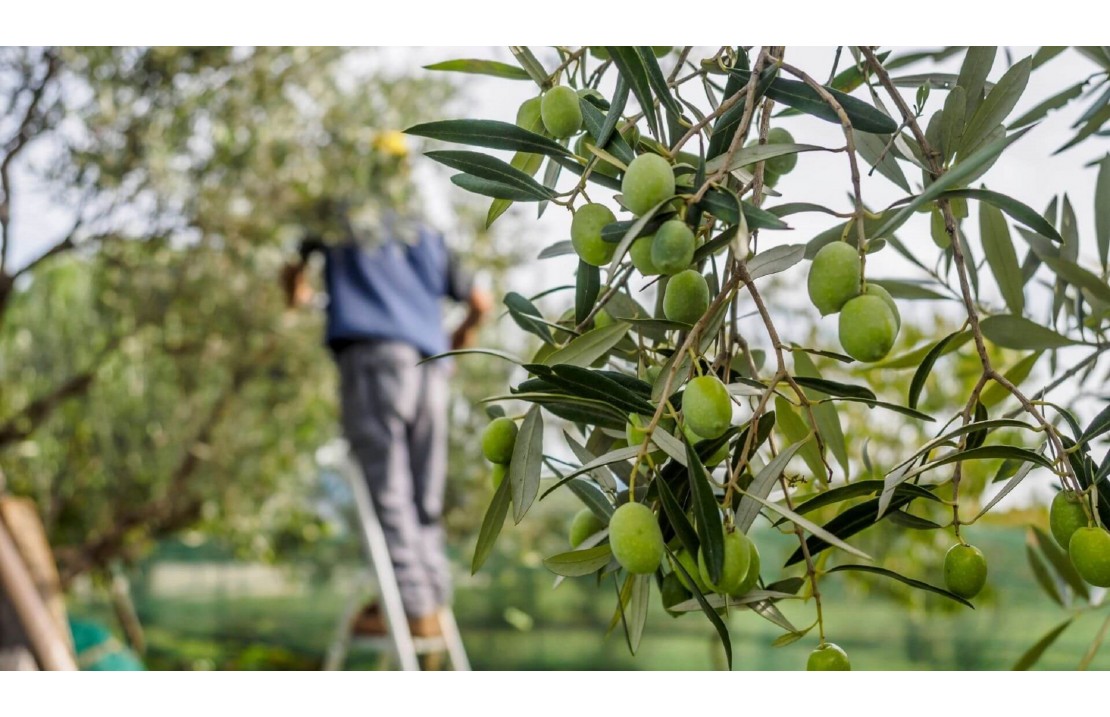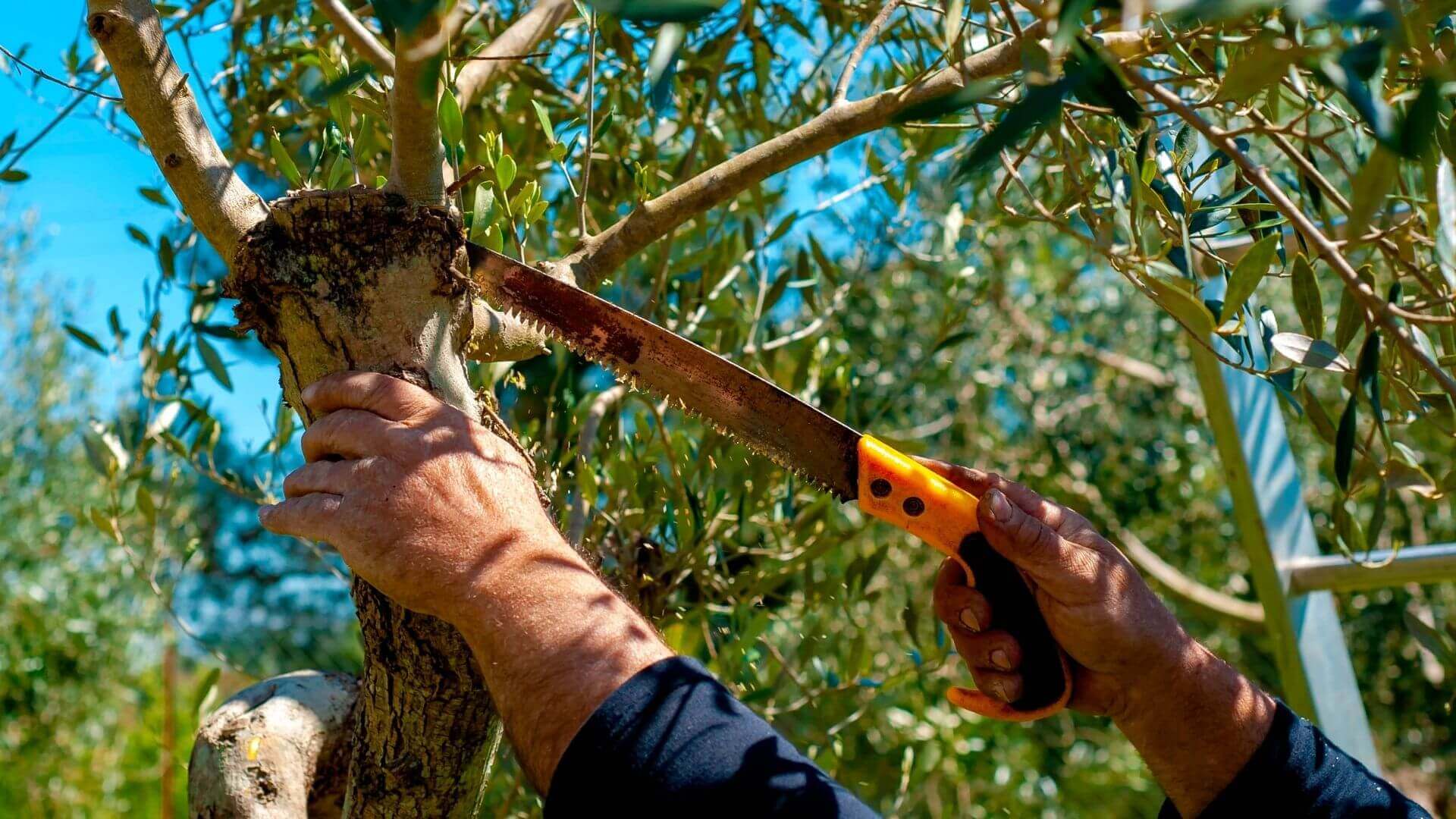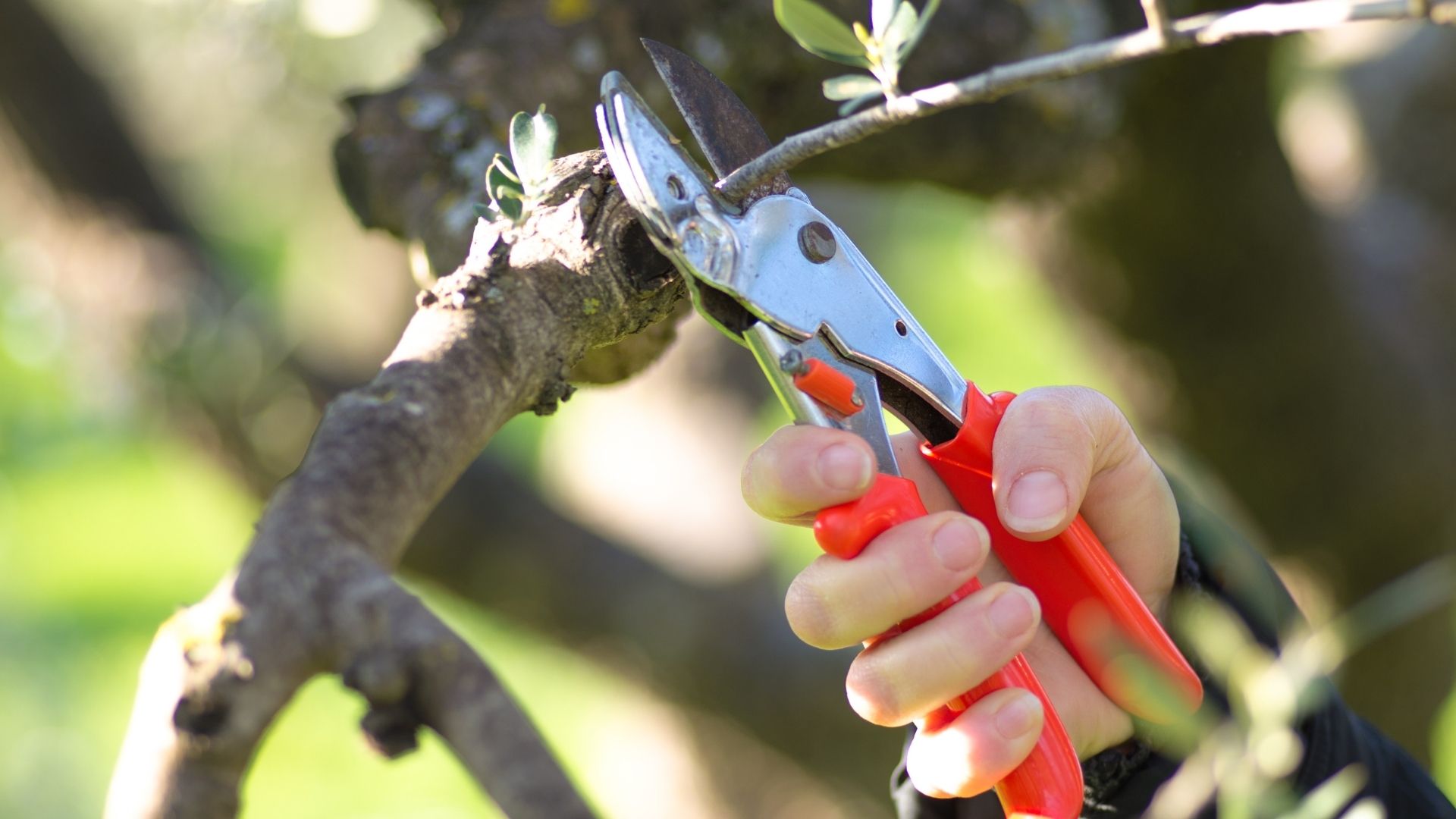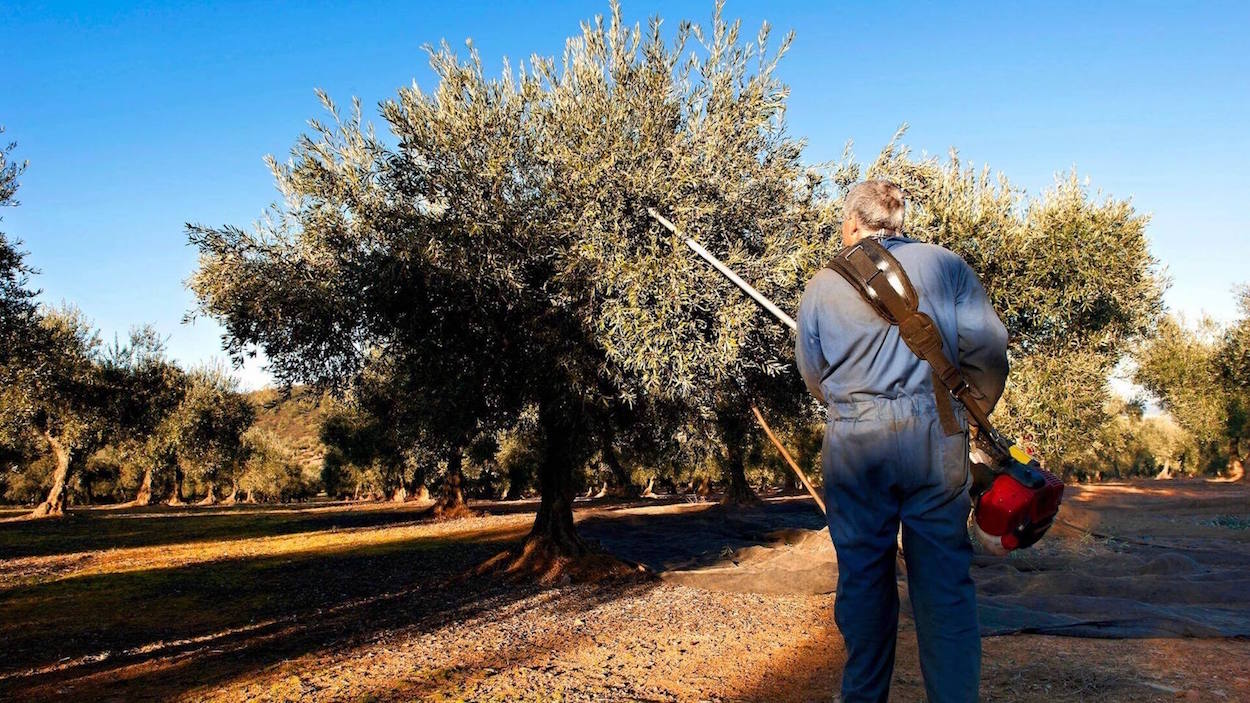
When and how to prune olive trees: everything you need to know
Pruning olive trees is one of the most important and delicate moments in the cultivation of an olive grove. To dogrow strong and beautiful plants, full of olivestasty and healthy, there are some factors you need to take into consideration.
In fact, there are some general rules that we recommend you memorize well before starting to work. As you know, the cutit is not a simple aesthetic choice pto give shape to trees, but it is used to obtain rich and juicy fruit.
The olive tree is one of the most widespread and iconic plant varieties in all of southern Europe for the production of olive oil or as a simple andornamental elementin gardens of all sizes.
If you are looking for information onhow to prune an olive tree and when is the best time to do it, we ofBazargiustowe are here to help you. We've been adding a touch of green to our customers' thumbs for over thirty years. Put on your gardening gloves, then: let's go take care of these olive trees.
Why it is important to prune olive trees
Olive trees are naturally verylong-lived. Think that the oldest specimen in the world has the4,000 year old beauty. To last long, however, they need care and attention.
One of the most important maintenance steps is pruning, which must be started shortly after planting - the moment the olive tree is planted in the ground. For luxuriant growth it is advisable to intervene on the foliage when the plant is young, in the first three-four years of life. It is what it is commonly calledbreeding pruning.

The olive tree tends towards a spontaneous progression in the form ofshrub, with a widespread development of new branches both vertically and horizontally. The featuretree shapeit is the product of a series of cuts that limit the formation of low branches and push towards growth in height. If you want to get a real fruit tree, one can be useful in this first phase chainsaw, such as the Shindaiwa, to eliminate larger branches effortlessly.
But why is it important to get into shape? To become rich in flavor,olives need light and air. Pruning limits the random development of the branches and allows each branch to benefit from the sun's rays and the wind that caresses the leaves. Thus the plant thrives abundantly and rich in fruit.
In the history of agriculture, many different cuts have spread to try to get the most out of the cultivation of olive groves. Let's find out which are the most common and their main characteristics.
Cones, globes and vases: give shape to the olive grove
The long tradition of olive cultivation in Italy has led to the development and affirmation ofdifferent breeding techniques. Over the centuries - depending on the characteristics of the territory, the tree varieties and the climatic conditions - they have been bred as shrubs or with trunks more than ten meters high, with geometric shapes or with spontaneous growth.
In our country thepolyconic vase techniqueas the most widespread system for pruning an olive tree.

The first step of this cut consists ineliminate the lower branchesto start the main branches from about a meter high. We then move on to attributing to the sound ofscissors Andsawsthe classic vase shape, i.e. without branches towards the inside of the plant, to promote the circulation of light and air. The main branches come latercut into a cone, therefore with a narrow vertex at the tip that widens as it descends towards the main trunk, so as to let the light reach everywhere.
The polyconic vase features someadvantageswhich have made it the most appreciated and widespread cultivation technique. Let's see what they are:
- the exchange of air and the homogeneous lighting of the foliage stimulate theformation of fruiting branchesand reduce therisk of diseasecaused by humidity;
- the cut allows you to obtain aexcellent olive production constant over time;
- Andsimpleto be achieved, both in terms of time and effort;
- helpscontain excessive developmentto obtain maximum fruit yield.
The polyconical vase technique requires particular attention tolimit the formation of suckersin the lower part of the trunk and inside the vase. Suckers are shoots that emerge directly from the stem with strong vertical growth. They do not bear fruit and only risk dispersing the sap and ruining the shape of the tree.
The other types of olive tree pruning
Here are other cuts common in Italian olive groves:
-in vase, therefore without the raising of the trunk of the polyconic version;
-free bush, which involves reduced interventions in the first ten years after planting, only to thin out the lower branches. With this form of cultivation it is more difficult to regulate the circulation of air and light;
-to globe: after an initial thinning of the stem, the new branches are left to grow free. It's a choice that favors aesthetics over productivity.
Choosing how to prune olive trees, whether in one form rather than another, depends a lot on the goals you intend to achieve. If you are interested in theoil production, vase shapes are certainly the most suitable and best for maintaining a constant level of quality of cultivation. If, however, you are looking for an ornamental effect, you can leave greater freedom, with small prunings to limit the "rebellious" fronds.
When to prune an olive tree
Like everything in nature, cutting excess branches must be done at the right time, when the plant is mostready to respond and suffers less from man's action.
For more important interventions it is recommended towait for the last weeks of winter, from mid-February onwards. It is in fact unwise to prune between October and December, that is, during the olive harvest period, and in the colder months - in which afrozencould cause serious damage after cutting. Remember to always use the right accessories, such as a good oneshakerit's aroller basket.

Excessive heat can be harmful, but summer is greattime to eliminate suckers and suckers, that is, the twigs that develop near the basal part and the roots.
Then there are someextraordinary types of pruningof the olive tree which do not depend on seasonality but on the needs of the plant:
- Therejuvenation, for example, serves to recover an abandoned specimen by eliminating superfluous branches and restoring the circulation of air and light in the foliage;
- Lreform action, instead, concerns precisely the change of form;
- thesluppingfinally, it affects trees affected by lupa, or tooth decay, a pathology that can lead to death. In this case it is necessary to eliminate the "decayed" part of the internal wood to limit the infection.
Even these exceptional interventions are affected by seasonality: try not to carry them out in the middle of winter, if you really don't need it.
How to prune an olive tree
Before getting to the shears, there is one last, fundamental topic to address: qwhat are the parts to be cut.
We've already said that summer is a good time to remove suckers and suckers, but we recommend that you always keep an eye on them and prevent them from growing too much. During winter pruning, focus your efforts on themaintaining the shape and cutting the branches dry or sick, which can damage the entire plant.
Remember, then, that olive trees tend toalways bear fruit on the same branches, so don't prune them unless absolutely necessary.
Here is some general advice on how to prune olive trees:
-don't overdo pruning: only cut what is needed to avoid compromising the natural balance;
- always run deiclean cuts, better if inclined to prevent the rain from stagnating;
-avoid stumps, but at the same time do not go too close to the trunk so as not to slow down healing too much;
- make sure you have all the tools you need before starting. You will needshears,telescopic scissorsand saws. Don't take the first thing that comes along:always choose quality, which is synonymous with maximum performance and safety.
And what can you do with the waste? If you have a fireplace, remember that olive wood - even the greenest one - is aexcellent fuel. You can also use the leaves to smoke your barbecues, or to decorate the house.
Now that you know everything there is to know about how to prune an olive tree you can start taking care of your trees.
You are missing some tools? Check it out on theour site: onBazargiustoyou only find the best

All comments